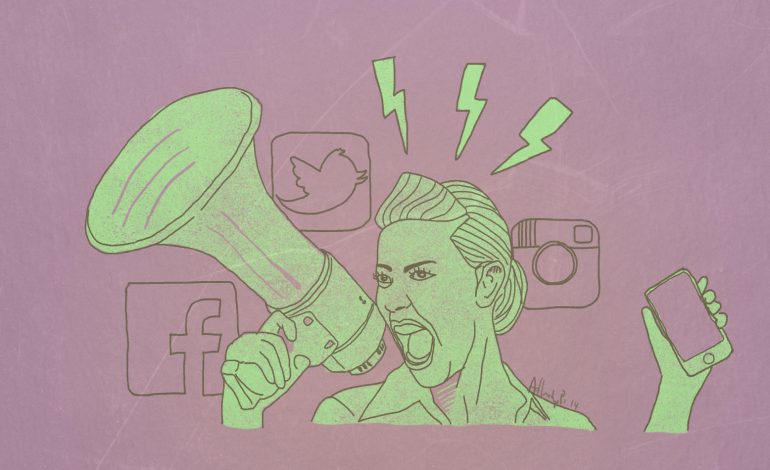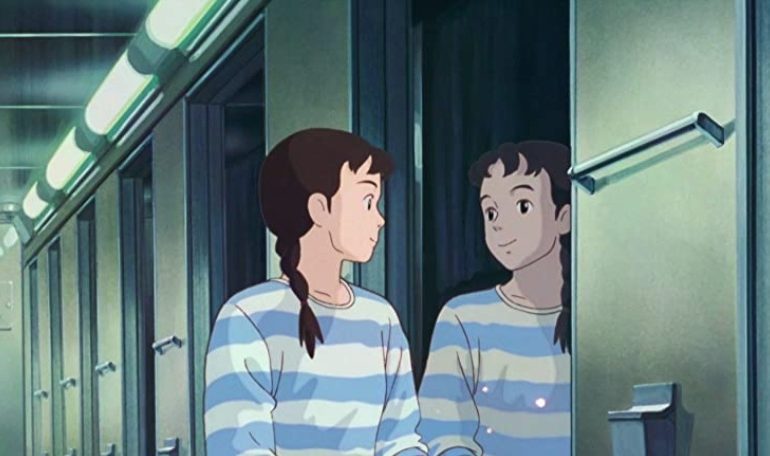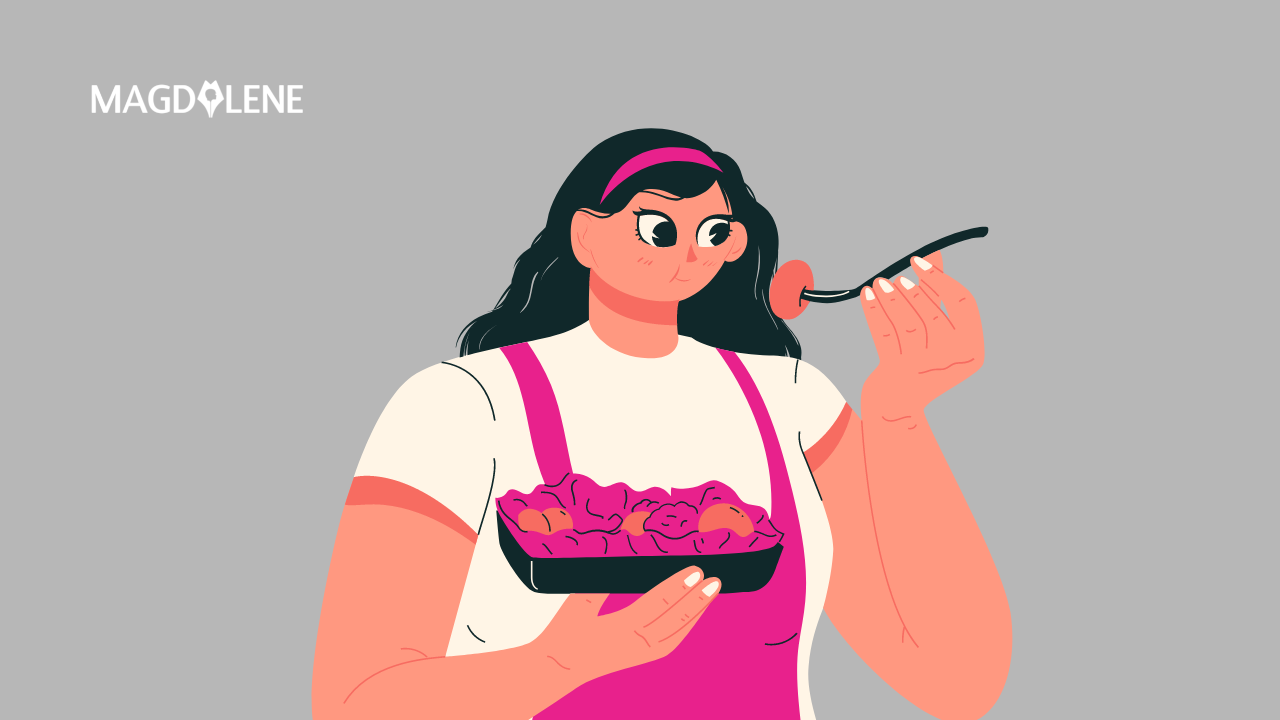Is Mastodon the New Twitter?
What is Mastodon, the ‘Twitter alternative’ people are flocking to? Here’s everything you need to know.

In the wake of Elon Musk closing the deal to buy Twitter on October 27 and soon after firing the management, users have been reconsidering the platform.
Hashtags #TwitterMigration and #TwitterExodus are gaining popularity, and the most common name found in conjunction with it is Mastodon – the new home for fleeing tweeters.
In fact, Mastodon is not that new. It was launched in October 2016 by German software developer Eugen Rochko, spurred on by his dissatisfaction with Twitter and his concerns over the platform’s centralised control.
After its 15 minutes of fame in early 2017, Mastodon’s growth slowed to a crawl.
Now, it’s on the upswing again – more than 70,000 users joined the network the day after Musk’s Twitter deal was announced. At the time of writing, Mastodon has reached more than a million active users, with almost half a million new users since October 27.
Meanwhile, Twitter was losing its most active users from its 238-million-strong user base even before Musk acquired the platform.
Also Read: 5 Tips for Parents to Keep Their Children Safe Online
How Difficult is it to Sign up to Mastodon?
Registering on the network takes a few minutes, just like any other social media app. However, Mastodon is not a Twitter clone – you need to choose a server to join.

Servers are grouped by topic and location, and are supposed to bring users together by common interest. The server is also where your account lives, so your account name will be nickname@server-name (more on this later).
There are currently just over 4,000 servers to choose from. Some are closed for registration as they have reached capacity or simply prefer to keep their communities smaller. For example, Mastodon’s flagship server mastodon.social is not currently accepting new members.
After you register by joining your chosen server, the interface looks somewhat similar to Twitter, with short posts (up to 500 characters by default) called “toots” instead of “tweets”. Given the recent spike in popularity, the app can be slow to respond, as some servers are experiencing heavy loads.
For those looking for a relatively seamless transition without losing their online community, there is a Twitter migration toolkit for finding your followers and follows on Mastodon.
There is also a tool that allows you to cross-post between the two.
Baca juga: Crazy Rich Asians and the Gulf Between Asians and Asian-Americans
Okay, so Why Does Mastodon Have Servers?
Mastodon isn’t a platform, but a decentralised network of servers. This means no central authority owns and governs the entire communications platform (that is, the opposite of Musk owning Twitter and changing his mind about how the platform operates at any moment).
When you join a server, what you post is visible within that particular server. To an extent, your content can also be seen across the Mastodon network, depending on other servers’ policies being compatible with the one you joined.
This is in stark contrast to Twitter, where everything you tweet is available to all Twitter users, unless your account is protected for followers only.
The point of selecting a server on Mastodon is to let you communicate in an environment with policies you prefer and a community you like. Each server can have its own code of conduct and moderation policies. Individual server admins can also ban users and other servers from accessing their content and posting.
Furthermore, all servers form part of an interconnected network called the fediverse. The fediverse can comprise any social media app that uses the same decentralised principles as Mastodon. That means users within the fediverse could potentially follow each other across servers.
Is Mastodon Safe? What about Moderation?
In principle, decentralisation can ensure greater freedom of speech, one of the main concerns users have about Twitter’s future.
Twitter provides content through opaque AI-based algorithms that select what you see on your feed. Mastodon shows posts in chronological order without curation.
You might be worried that if there is no central authority, it will be complete chaos, with people posting dangerous and offensive content.
However, thanks to community moderation, most servers hold users to a high standard, and can easily ban or filter hate speech, illegal content, racism, discrimination against marginalised groups, and more. In 2017, Vice journalist Sarah Jeong even called it “Twitter without Nazis”.
Community moderation has shown its force in practice: when the far-right platform Gab moved to Mastodon in 2019, many servers across the network banned it without any central direction. While it might still be using Mastodon code, Gab doesn’t appear to be part of the fediverse any more.
Also Read: What Expert Thinks About Elon Musk Buying Twitter
Is Mastodon the New Twitter?
All in all, Mastodon is neither a replacement for Twitter nor a decentralised replica of it – the presence of individual servers makes it fundamentally different to any social media platform.
As an open-source, decentralised network, Mastodon appeals to young, tech-savvy users, and it will not come as a surprise if many of them find Mastodon to be a welcome upgrade to Twitter.
Additionally, freedom-of-speech seekers worried about central authority censorship could be another group finding a new home there. For now, it’s too soon to tell which user groups will become the most active, and how large Mastodon will become.
This article was first published on The Conversation, a global media resource that provides cutting edge ideas and people who know what they are talking about.













